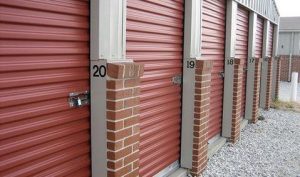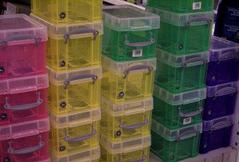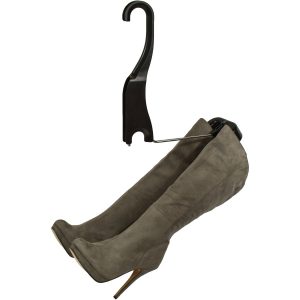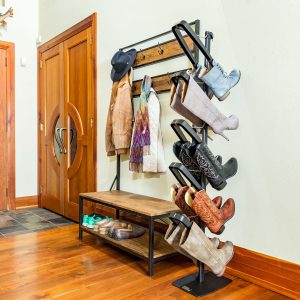 In our fast paced-mobile society, people often find themselves making life changes or adjustments that precipitate a need for storage. Whether this is a job change, a sabbatical, a temporary relocation for school, or a shift in a family dynamic, it’s frequently necessary for Americans to have to box up their belongings and put them into storage. If this is something you are experiencing or expect to experience, here’s a useful piece of advice: organize and document what you store. It will save you time and energy in the future when, perhaps, time and energy are in shorter supply.
In our fast paced-mobile society, people often find themselves making life changes or adjustments that precipitate a need for storage. Whether this is a job change, a sabbatical, a temporary relocation for school, or a shift in a family dynamic, it’s frequently necessary for Americans to have to box up their belongings and put them into storage. If this is something you are experiencing or expect to experience, here’s a useful piece of advice: organize and document what you store. It will save you time and energy in the future when, perhaps, time and energy are in shorter supply.
When you receive an acceptance letter or a notice of transfer, probably the last thing that you want to concentrate your efforts on will be organizing the things you do not intend to immediately use. However, any time you put articles into storage, it’s worth cataloging what you have and where it is. This holds true for even mundane items like Christmas decorations or clothing children have outgrown.
Imagine how much easier it would be for a busy mother to be able to pull out a box of size 6 summer clothes when her next child has outgrown all of his size 4 pants. This kind of preparation may seem intimidating, but all it takes really is a bit of time and patience and the use of one or more common organizational tools. The first step of any kind of storage project is to put like with like, of course. In the Christmas decoration example above, this would mean sorting out the breakable from the child-friendly ornaments, carefully wrapping important or sentimental objects and putting them aside, and making sure that your strings of Christmas lights are functional and put away so they will not tangle in storage.
 Once these items are arranged so that the most necessary or used ones are together and easily accessible, then it’s time to concentrate on coding your storage. This coding step is crucial because no matter how organized items are inside a bin if you do not know what that bin holds, you will be stuck moving and searching through bin after bin looking for what you want – and wasting valuable time.
Once these items are arranged so that the most necessary or used ones are together and easily accessible, then it’s time to concentrate on coding your storage. This coding step is crucial because no matter how organized items are inside a bin if you do not know what that bin holds, you will be stuck moving and searching through bin after bin looking for what you want – and wasting valuable time.
You may think that you can rely on memory to locate your things again. This may even be true. But what if you need to send someone else to look for and retrieve a specific item? They will not be able to rely on your memory. This is why it’s better to employ simple organizational tools and to design any storage area to be as user-friendly as possible.
There are plenty of storage bin options, in all different sizes and colors, commonly available at low prices. Tailor your tool to what you want to store, but also keep in mind how you will store things as a whole. Transparent boxes can be handy if you need to see specific items. Color-coded bins are also useful. Red or green bins can be used for Christmas and pastel ones for spring decorations or baby clothes or toys. Be sure to clearly label what is inside each box with index cards or stickers. Labeling with larger print and detailed descriptions will save you time when you are searching through your storage area. Make sure you stack your storage bins facing the same direction with the labels out and arrange your storage space as a whole so that anything that will be used more or needed sooner is near the front entrance.
Once your stored items are organized, in bins, and coded for easy access, the last step in keeping inventory is to catalog what is where in a spreadsheet or other document. Break down all of your organizational keys in your spreadsheet, including any information that would be relevant in case of theft or loss. Then, make sure to save and print multiple copies of this document, one of which should go in your files. At least one should be kept in the storage area itself. If the items in storage are especially valuable, print out another copy and leave it with a family member or trusted friend. Who knows, by demonstrating how your organizational methods make your life easier to manage, you may inspire someone else to get organized.
When you’ve finished these steps, you can close the door to your storage unit knowing that everything you’ve put there is only a few steps away from being retrieved and used again. Isn’t that a good feeling?


